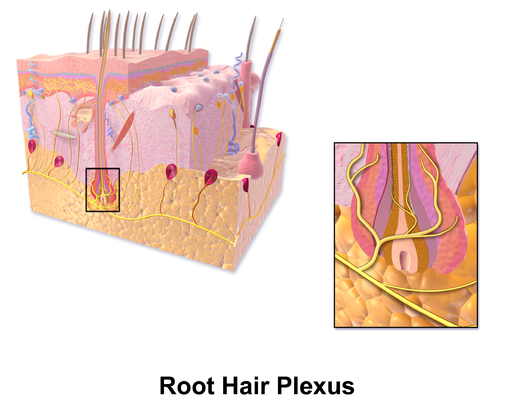Do you ever wonder why your hair always naturally parts the same way? Our hair patterns can be described as our “hair whorl.” This denotes the direction in which the hair follicles orient themselves, as well as the number of times the hair rotates in a circular pattern. This can be either a single or double whorl. While this physical characteristic maybe be obvious to the naked eye, it is unclear why these patterns initially occur.
In a recent study, the National Survey of Physical Traits cohort came together to understand whether or not our hair patterns could be determined by genetic characteristics. In China, Lead Investigator Sijia Wang determined that hair whorl can be a result of four genetic variances, also known as a polygenic inheritance. These variances occur at 7p21.3, 5q33.2, 7q33, and 14q32.13, which are specific locations on a DNA sequence. These variances affect hair patterns due to both cell polarity as well as cranial neural tube closure and extension.
This relates to AP Biology due to the effect of cell polarity on the hair whorl. In class we learned that non-polar (hydrophobic) molecules will move away from polar molecules. Hair cells are classified as epithelial cells, meaning they exist on the outer-most layer of our skin’s surface. They are polarized in sheet known as the planar cell polarity (PCP). The author’s logic makes sense in that a pattern will occur in the hairline if the polar molecules are moving away from those that are non-polar, or vice versa.
Additionally, because the whorls can be associated with neural tube closures and growths, it was believed that abnormally placed or shaped whorls can be related to a neurological deficit. However, Dr. Wang’s research did not confirm whether or not this was true.
Now it’s your turn — can you find your hair whorl?




Leave a Reply